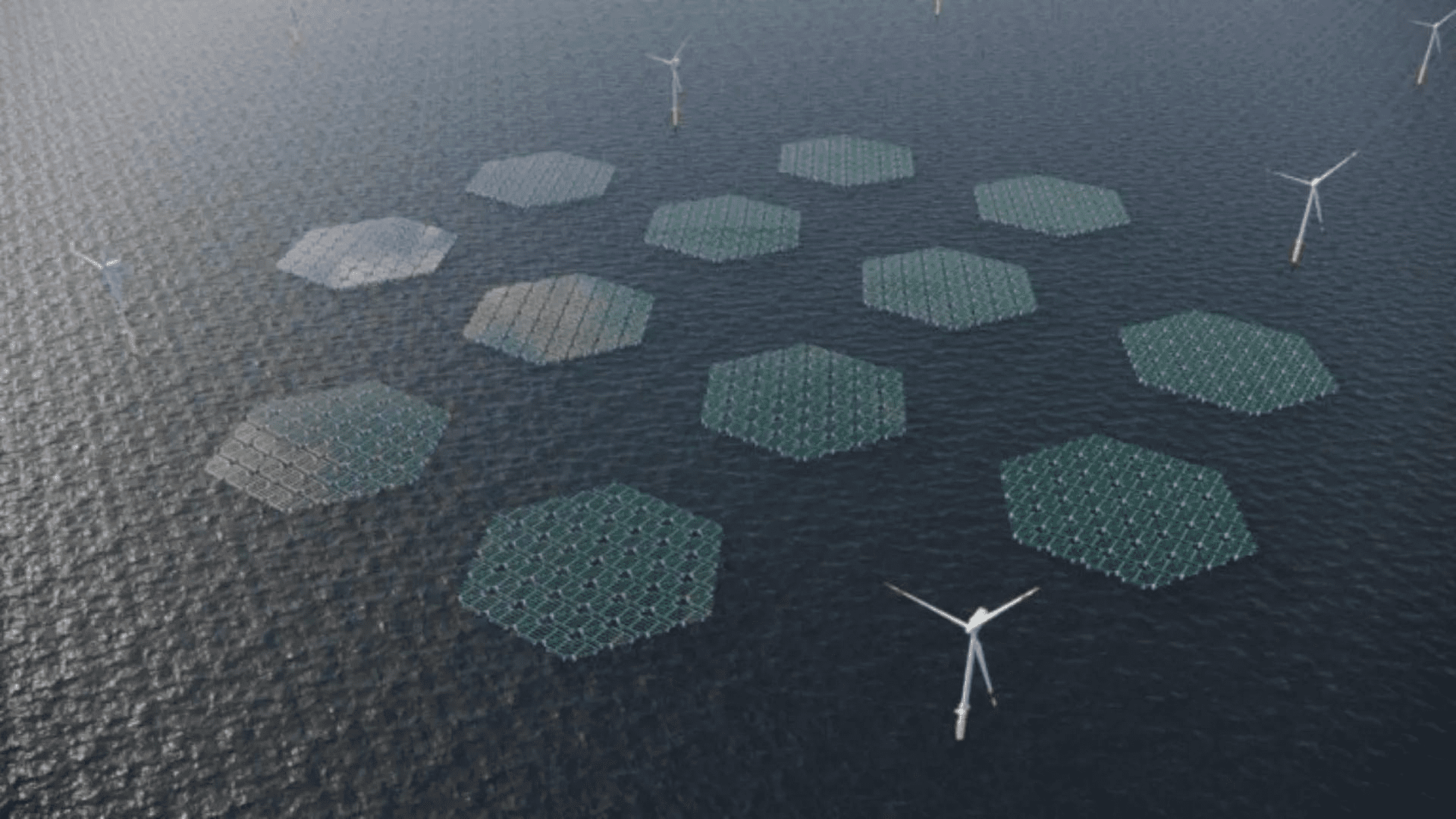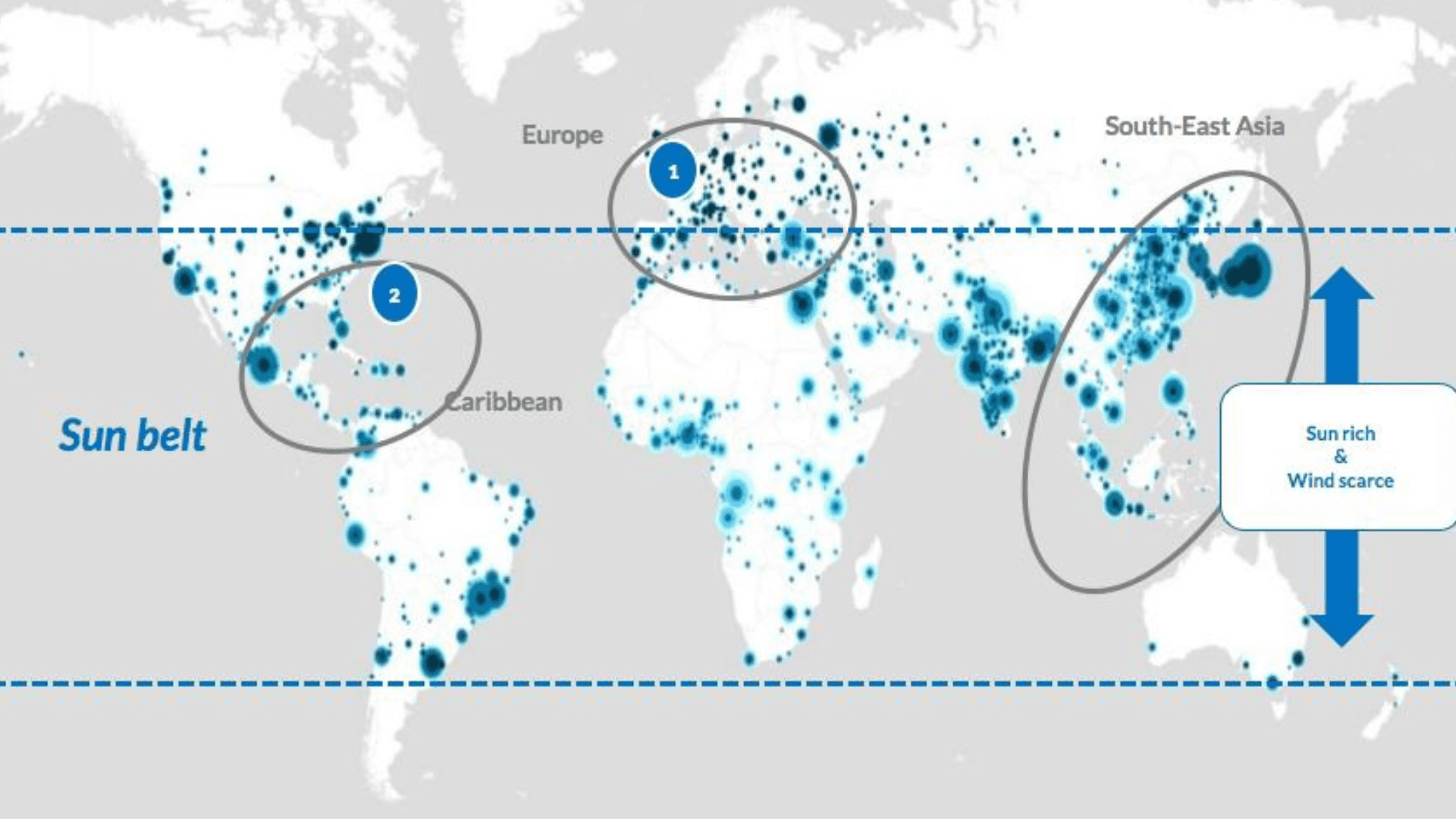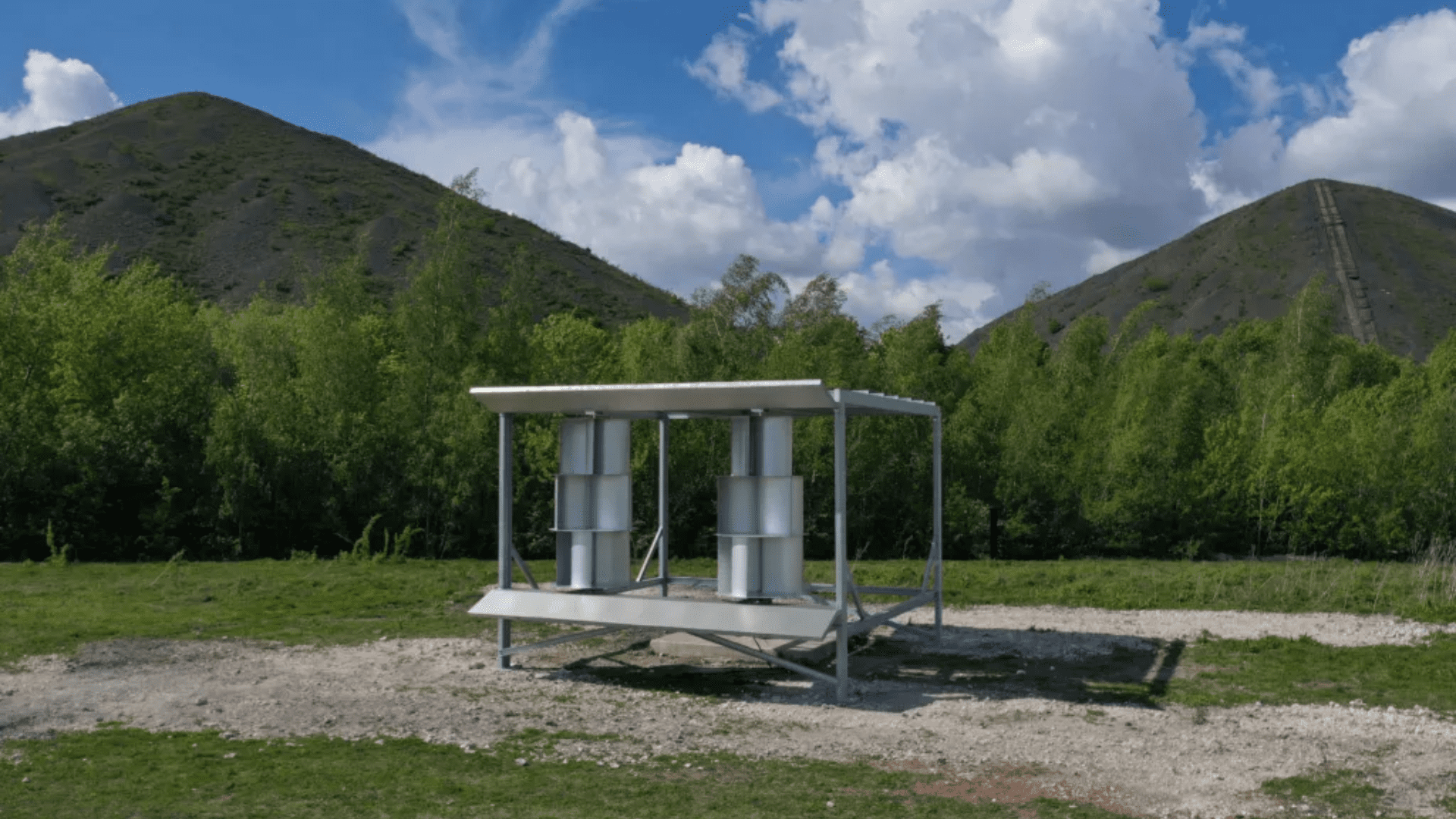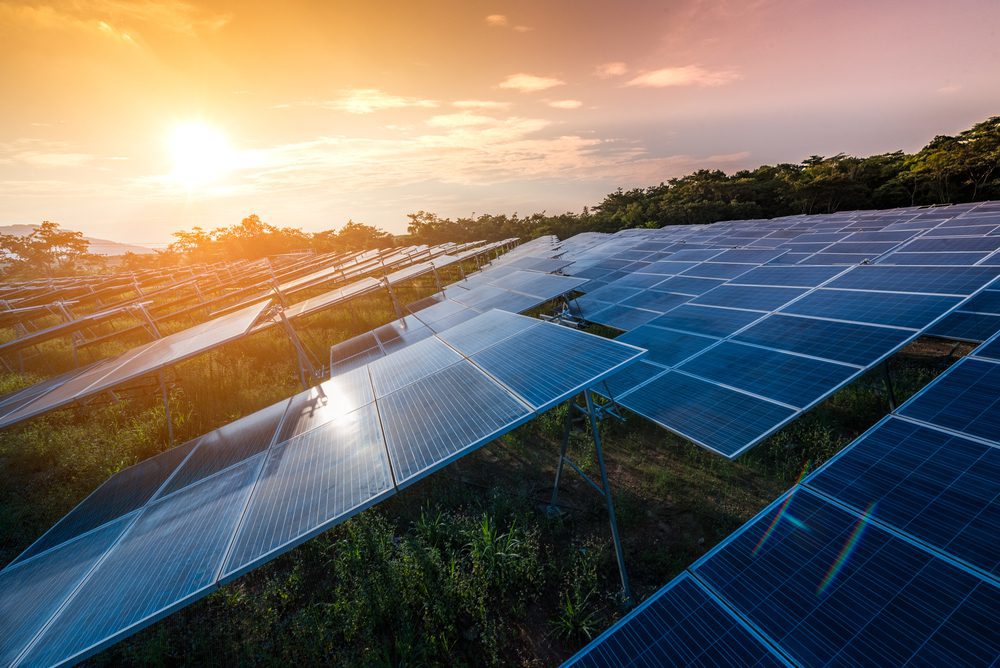Work is underway on the world’s largest offshore solar power plant. According to the press release, the company SolarDuck started the design and will showcase the facility using a modular solution.

Ditching Fossil Fuels
With more countries trying to say goodbye to fossil fuels, solar and wind energy are trying to take their place. These alternate energy plants are rabidly being installed around the world. Dropping power costs is the biggest draw for countries but there is one issue with solar and wind-based energies: the conversion rates. The energy conversion rates are low. Both alternative energy plants require large amounts of land to make up for it.
Here’s another issue countries are running into: the amount of land available because of the rising needs for housing, agriculture, and industry. Wind farms are already realizing this and are transitioning their wind farms offshore. Going from land to water gives the wind turbines more space which allows bigger turbines and higher wind speeds.
Explore Tomorrow's World from your inbox
Get the latest science, technology, and sustainability content delivered to your inbox.
I understand that by providing my email address, I agree to receive emails from Tomorrow's World Today. I understand that I may opt out of receiving such communications at any time.
Solar Plants
SolarDuck is a company in the Netherlands supplying the technology for the offshore solar plant. They believe it’s time for solar plants to follow wind turbine plants by going in the water. Water covers 71% of Earth and it provides an opportunity to build plants that can absorb an abundant amount of sunlight. That is what SolarDuck is trying to do in an area referred to as the Sun Belt.

This area consists of places like the Caribbean, Japan, South Korea, and even Oman. These areas have a short supply of wind energy but are sun-rich. The landmass is limited but the waters offer an ideal location for an offshore plant. Construction is underway on the world’s largest floating solar plant off the coast of the Netherlands.
Construction
A part of the construction is making sure the plans are safe and sustainable. The Nautical SUNRISE consortium is conducting extensive research on different components of the offshore floating solar (OFS) project. They want to test the reliability, survivability, electrical stability, and yield. Once the Nautical SUNRISE confirms all the elements, a plan will be drawn up to outline any challenges and facilitate the commercialization of the project. Furthermore, they plan to build the solar farm on the Western coast of the Netherlands within the OranjeWind wind farm.
Additionally, there is a sustainability assessment of the project to consider factors like environmental impact, full life cycle, and circularity of the OFS systems.
The project costs 8.4 million euro, which is around 9.2 million dollars.







